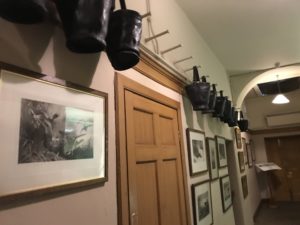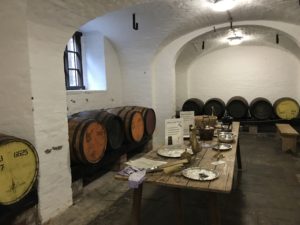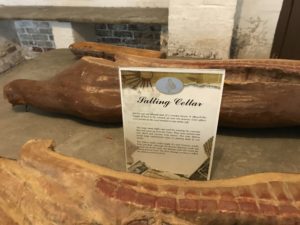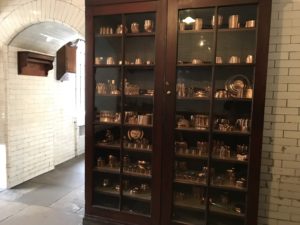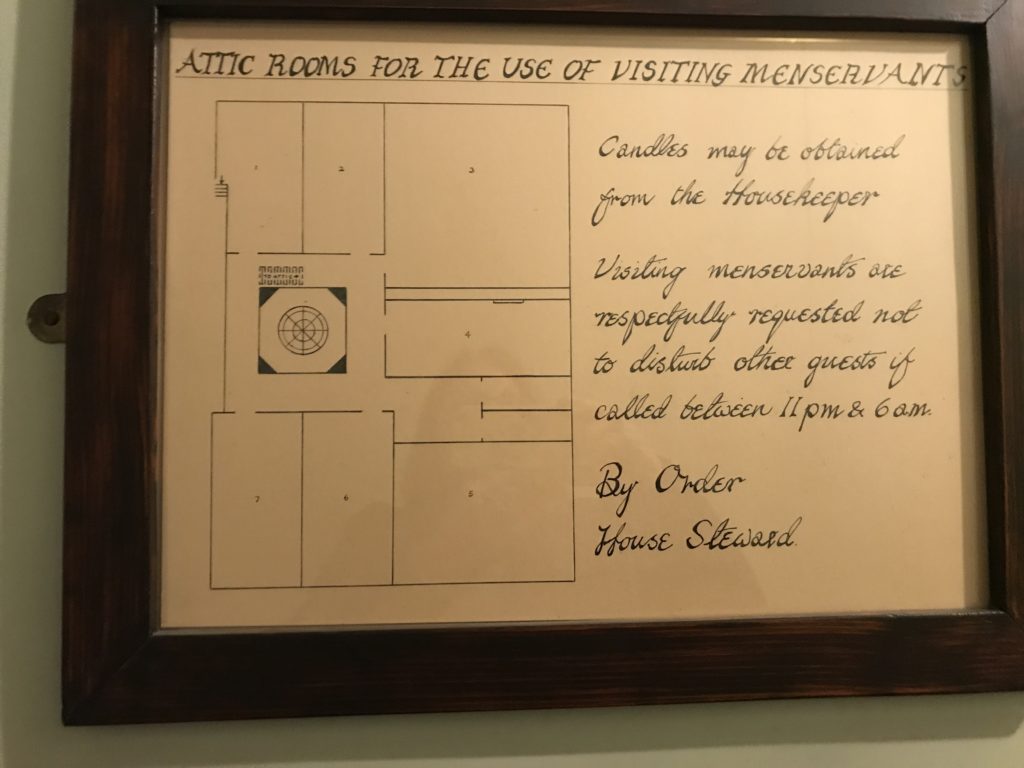It’s May. It’s May. The lusty month of May
That lovely month when everyone goes blissfully astray…
from Camelot, Lerner and Loewe
Happy May Day!
May Day festivities in the UK have their roots in the spring fertility festivals of the Celts and Anglo Saxons. And today villages and towns still celebrate with May Poles, May Queens, and Morris dancing.
May Day celebrations in the Regency were less popular, but festivals in some towns and villages continued to celebrate Spring and the beginning of Summer.
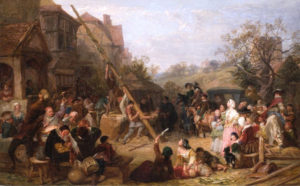
Here’s a blog on All Things Georgian about May Day in Georgian times.
May Day is also called Garland Day in some places, where children make garlands and use them to decorate various things and march in parades.
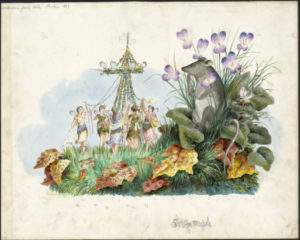
Bonfires are often a part of May Day celebrations. Edinburgh marks May Day with the Beltane Fire Festival including dancing and fire displays.

Other celebrations include jumping into water. At the University of St. Andrews, students run naked into the North Sea. In Oxford Magdalen College students leap from Magdalen Bridge into the River Cherwell.
If these May Day practices are a little too extreme for you, you ladies might consider rushing out into the garden and washing your face with the morning dew. Folklore says that May dew has magical properties and will give you a beautiful complexion all year round.
Happy May!





 The Lake District was a popular destination for English travelers during the Regency, perhaps because Europe was closed to them or maybe it was because
The Lake District was a popular destination for English travelers during the Regency, perhaps because Europe was closed to them or maybe it was because 

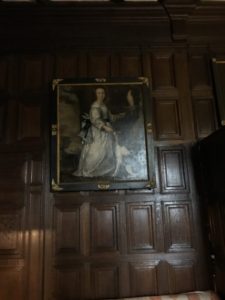




 You can get an idea of the labor involved in a Regency picnic from the 1996
You can get an idea of the labor involved in a Regency picnic from the 1996 

